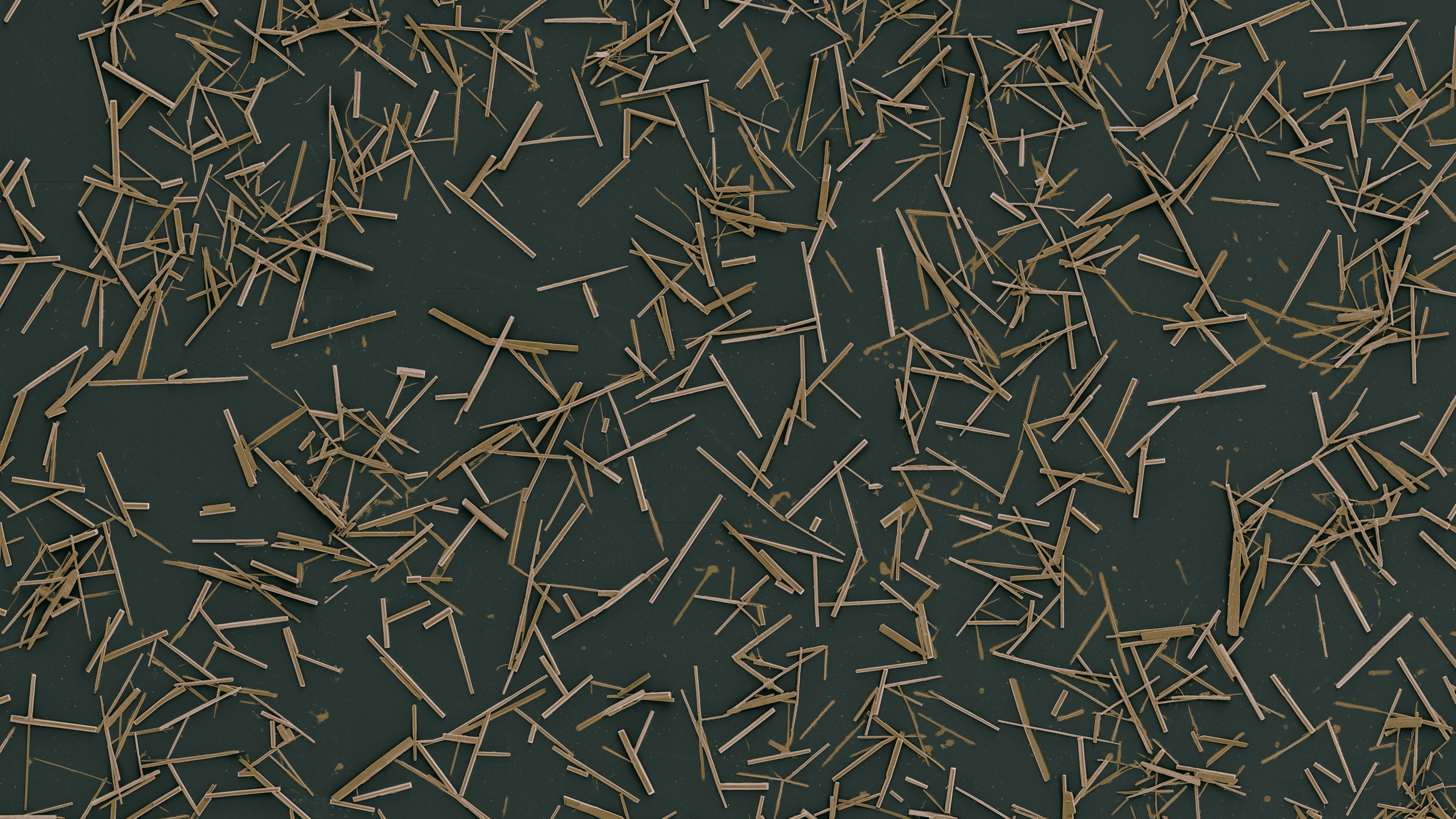Topologically Modified Hybrid Layered Materials

Layered materials do not naturally grow beyond 2D morphologies due to their inherent in-plane
symmetry. In particular, spontaneous formation of 1D structures using layered materials
represents a key challenge in morphology control.
Now, with the significant tunability of organic-inorganic hybrid materials - like layered
or "2D" perovskites, one may start to exert morphological control from the organic side -
which, would offer 2D perovskites the unique electronic confinement, mechanically flexibility,
and optically anisotropy of semiconductor nanowires, which further open unique possibilities
for customizing light-matter interactions. Nevertheless, the pursuit for a tunable, scalable,
and universal bottom-up approach necessitates a fundamental redesign of the crystal growth
mechanism.
The answer lies in the molecular design. Particularly, the organic cations in 2D perovskites
need to extend beyond single-molecule level and accelerate intermolecular interactions. In this
regard, we modified them with carboxylic acid (COOH), which is a type of supramolecular synthon
widely used in organic crystal design and also drives the one-dimensional self-assembly.
Specifically, H-bonding-driven dimerization of these directional COOH moieties help align the
organic spacers in a parallel fashion with respect to the 2D inorganic lattice. Surprisingly,
2D perovskite now self-assembles exclusively into 1D needles and wires from solution-phase
crystal growth. To highlight the establishment of secondary bonding lattices in the pristine
2D perovskite lattice, we named these new materials "topologically-modified hybrid 2D perovskites".
Read more:
Shao, W.+; Kim, J. H.+; Simon, J.; Nian, Z.; Baek, S. -B.; Lu, Y.; Fruling, C. B.; Yang, H.; Wang, K.; Park, J. Y.; Huang, L.; Yu, Y.; Boltasseva, A.; Savoie, B. M.; Shalaev, V. M.; Dou, L. Molecular templating of layered halide perovskite nanowires. Science 2024, 384, 1000-1006.